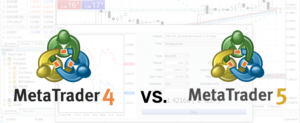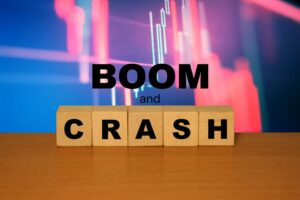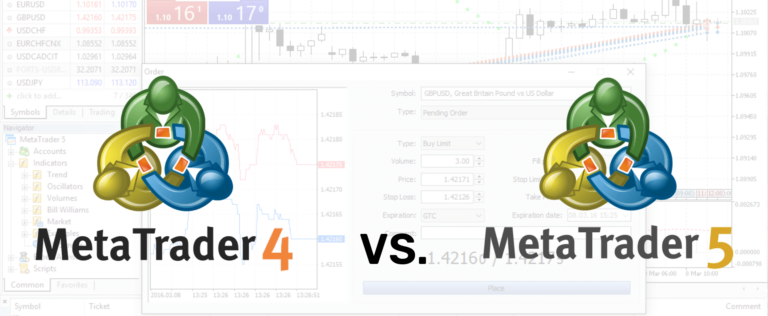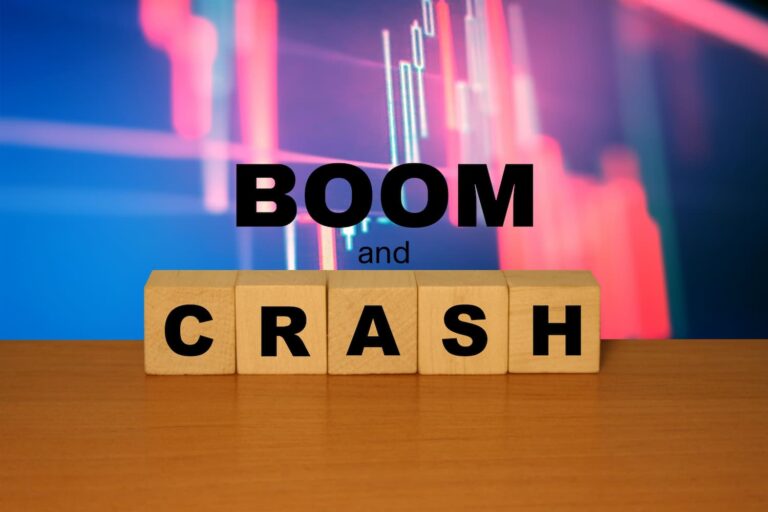What is Prop Trading?
Proprietary Trading, or simply “Prop Trading,” is a financial practice where a bank or firm participates in the trading of various financial instruments using its own capital. This is opposed to using funds from clients, allowing the firm to keep the entire profit from a trade, not just the commission fees earned from executing client trades. This separates proprietary trading from conventional brokerage activities.
One of the main reasons firms engage in prop trading is in the pursuit of substantial profits. These financial institutions often think they have a competitive edge over others in the market. This can be derived from various factors, such as access to privileged market information and the use of advanced modelling and trading software. These advantages allow them to identify profitable trading opportunities that are not clear to the average investor.
To engage in prop trading, traders use different financial instruments, including stocks, bonds, commodities and currencies. Financial institutions and commercial banks that engage in proprietary trading do so, expecting greater returns from those of traditional investment approaches, such as index investing or bond yield appreciation. This all stems from their competitive advantages in the financial markets that these firms believe they have.
How Does Prop Trading Work?
As we explained, proprietary trading firms that employ this trading strategy are specialised financial institutions that use their own capital to buy, sell and trade various securities. These firms have a team of professional traders whose job is to continuously analyse and interpret market dynamics to capitalise on changing conditions.
The primary objective of any prop trading firm is to consistently generate profits by exploiting these price discrepancies within different markets or asset classes. For this approach to be successful, it requires a vast depth of market analysis and the ability to predict market movements, allowing these firms to seize opportunities that others might overlook. Many prop trading firms are even more specialised, focusing on specific financial areas, such as foreign exchange (Forex), commodities or stocks. This enables them to fine-tune their expertise further and strategise for maximum profitability.
The specialised traders use a range of strategies, including technical analysis, algorithmic trading and fundamental analysis. They use these in an attempt to pinpoint trading opportunities for the prop trading firm. Some more specific strategies prop traders employ are merger arbitrage, index arbitrage, global macro-trading and volatility arbitrage to optimise returns. Once these opportunities are identified, the firm sends orders to the relevant exchanges or brokers to execute the desired trades and then wait to see if they are successful.
Prop trading firms provide an arsenal of valuable tools and resources for their traders to make their job easier. Some of these resources are access to real-time market data, news feeds, advanced charting software and a plethora of analytics tools. Traders use these tools to help increase their chances of success and profitability in the ever-changing world of trading. The prop firms often also offer personalised training and mentorship programs for their traders. These programs are designed to nurture and develop traders’ skills and judgement. Through mentorship and training, prop traders can enhance their proficiency in trading a variety of financial instruments. The most successful prop firms often invest the most time and money into their traders.
Although prop trading is considered a high-risk form of trading, it is frequently one of the most profitable operations for commercial or investment banks. The 2008 financial crisis increased the scrutiny prop trading firms and hedge funds faced, as they were perceived to have played a role in causing the crisis. These concerns led to the Volcker Rule being introduced, imposing strict limits on proprietary trading activities to regulate their operations. The need for this rule is highlighted by the conflict of interest between the firm’s proprietary trading and its obligations to clients. It’s worth noting that individual investors do not directly benefit from prop trading, as this practice focuses on trading for the firm’s own profit rather than executing trades on behalf of clients.
Advantages of Prop Trading
There is a vast array of benefits that prop trading can provide to financial institutions and commercial banks. The most obvious and potentially largest advantage is the potential for significantly higher profits. As we have explained, as firms trade their own capital when prop trading, they take 100% of the gains generated from their investments, not just a commission fee. These commission fees are generally a relatively small percentage of the total gains from investment. It is important to note losses are also possible and larger here.
Another significant advantage is the ability of these institutions to build up an inventory of securities. There are two main advantages of having such an inventory. Firstly, it allows the institution to provide unexpected advantages to clients, which enhances their offerings. It also provides their institutions with stability and security under challenging market conditions. This is particularly important during periods of market downturns or illiquidity when acquiring or liquidating securities on the open market becomes increasingly challenging.
A third advantage of prop trading is that it allows financial institutions to be influential market makers. These institutions can play a crucial role in enhancing market stability by consistently providing liquidity for specific securities or groups of securities. The process involves the firm using its resources to purchase securities and then selling them to interested investors at a later date. It is important to recognise that if the value of the securities in the firm’s inventory declines significantly, the firm itself will have to absorb the losses. Therefore, the firm really benefits when the price of its security inventory rises or when others purchase it at a higher price.
One more advantage is that traders gain access to advanced proprietary trading technology and other automated software. These sophisticated electronic trading platforms allow traders with the ability to access a wide range of markets and automate various trading processes. This can even include high-frequency trading. This technology enhances traders’ overall efficiency and effectiveness by giving them access to trading ideas, evaluating their feasibility, and conducting demonstrations on their computer systems.
In most proprietary trading firms, the trading platforms used are exclusively developed in-house and restricted for use by the firm’s own traders. This proprietary software ownership provides substantial advantages to these firms. It sets them apart from retail traders, who lack access to specialised tools and technology.
Differences Between Hedge Fund and Prop Trading
Although, at first, they can appear similar, hedge funds and proprietary trading are distinct financial practices with key differences in their approach and objectives. Hedge funds primarily invest in financial markets, crucially using capital provided by their clients. Their goal is to generate gains on these investments, and they will take a commission fee for doing so. Hedge funds are entrusted with the responsibility of managing client funds and delivering returns, so are accountable to their clients. The funds must abide by regulatory measures like the Volcker Rule, which aims to restrict the level of risk-taking by financial institutions.
As explained above, prop trading firms use their own capital to invest in the financial markets. Proprietary traders operate with the firm’s money and retain 100% of the returns generated from their trades, not just commission. This allows prop traders the freedom to take on more significant risks since they are not managing client funds and are not accountable to them. These firms typically enter the market with the belief that they possess a competitive advantage and access to valuable information that can lead to substantial profits. Unlike hedge funds, where accountability rests with clients, proprietary traders are answerable solely to their firms. Consequently, the returns earned through proprietary trading do not directly benefit the firm’s clients.
The Volcker Rule
The Dodd-Frank Wall Street Reform and Consumer Protection Act introduced the Volcker Rule. This was formed after the events of the 2008 global financial crisis, and is named after Paul Volcker, the former chairman of the Federal Reserve. Its main goal is to reduce the risky activities of large financial institutions, with a focus on commercial banks. This is to stop them from disrupting the financial system and potentially causing another financial crisis.
The main reason for the Volcker Rule is to separate proprietary trading from other normal banking activities. The thinking behind it is that prop trading could expose these institutions to excessive risk. This may then lead to the safety of customers’ deposits and the overall stability of the banking system being jeopardised.
Under the Volcker Rule, banks are generally prohibited from engaging in proprietary trading. This means they are restricted from making speculative bets in financial markets using their own funds. The rule also limits banks’ investments in hedge funds and private equity funds. These restrictions were put in place to stop financial institutions from engaging in excessively risky activities that their clients and depositors do not directly benefit from.
The Volcker Rule aims to reduce conflicts of interest within financial institutions by separating prop trading and certain investment activities from traditional banking functions. It tries to make banks prioritise the interests of their customers and the safety of their deposits over speculative trading activities that may be financially unstable.
The Volcker Rule does, however, have its potential drawbacks. Critics argue that market liquidity has been reduced by the Volcker Rule, and it has limited the ability of banks to engage in legitimate market-making activities, the benefits of which are explained above. Despite this, the rule remains an important regulatory measure aimed at preventing excessive risk-taking and future financial crises.
Prop Trading Takeaways
After reading this article, you should now be familiar with what proprietary trading is and how it works. The benefits of prop trading should be clear, with the main goal of extracting extra profits. It is also important to understand the current regulatory measures around prop trading, mainly the Volcker rule. The reasons this was implemented, along with its potential drawbacks.















